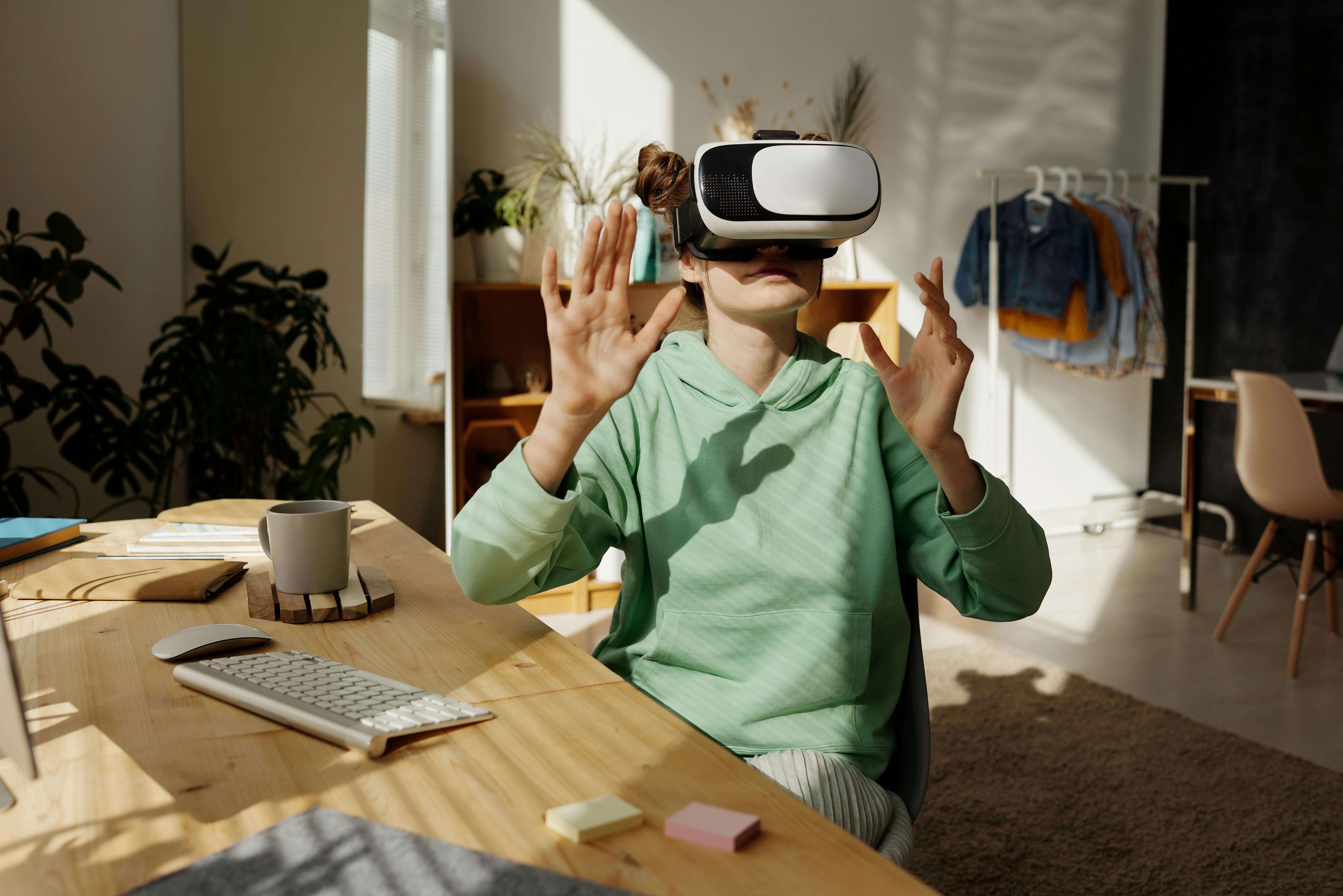Pioneering Perspectives: The Rise of Virtual Reality in Modern Theatre
Introduction: Witness the advent of a remarkable fusion of technology and creativity. The theatre industry is being revolutionized by the integration of Virtual Reality (VR), offering audiences immersive, interactive experiences unlike anything they've encountered before.

A Historical Glimpse into Theatre and Technology
The history of theatre is characterized by constant evolution, reflecting the changing technological landscape. From the use of perspective painting in Renaissance theatre to the integration of electric lighting in the late 19th century, theatre has always been a mirror to technological advancements. The recent emergence of VR technology marks the latest chapter in this ongoing narrative of innovation.
The Dawn of the Virtual Reality Era
Virtual Reality is a computer-generated simulation of a three-dimensional environment, allowing individuals to interact in seemingly real or physical ways. Over the past decade, VR technology has rapidly evolved, becoming more immersive and sophisticated. This technological leap has not gone unnoticed by theatre creators, who are increasingly exploring VR’s potential to transform the theatrical experience.
The Intersection of VR and Theatre
The integration of VR in theatre is a game-changer, allowing audiences to step into the shoes of characters, explore sets in 360 degrees, and even influence the narrative. Companies like London’s National Theatre and New York’s Punchdrunk are pioneering this new genre, producing VR-enhanced performances that blur the line between audience and performer.
Impact and Reception of VR in Theatre
The introduction of VR in theatre has been met with both enthusiasm and skepticism. Critics praise the technology for its potential to provide unique, interactive experiences, while skeptics express concern about VR’s potential to overshadow traditional, human-centric storytelling. Despite the debate, it’s clear that VR has sparked a major conversation about the future of theatre.
The Future of VR in Theatre
As VR technology continues to advance, its potential applications in theatre are boundless. Future developments could include more intricate narrative structures, enhanced audience interactivity, and even remote VR theatre experiences that allow audiences to participate from the comfort of their own homes.
In conclusion, the integration of Virtual Reality in theatre represents a bold step forward in the evolution of performing arts. By enhancing audience immersion and interactivity, VR offers the potential to redefine our understanding of theatrical experience. As we continue to explore the possibilities of this technology, we are not just spectators but active participants in an exciting new chapter of theatre history.




